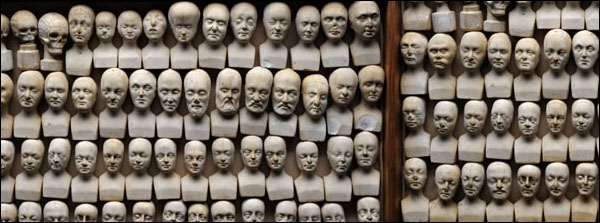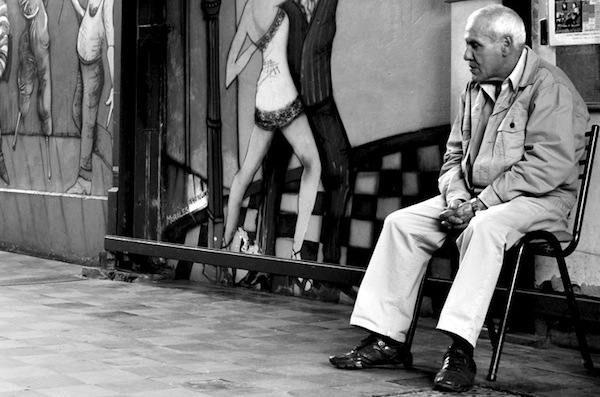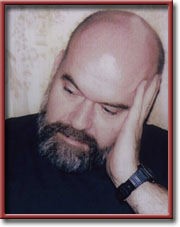Coming of (Old) Age

“Just a fortnight before, I had been a peppy, vigorous Master athlete who gloried in thumbing his nose at advancing age. Age could not catch me; I was too fast.” Sanford Rose
Dolors & Sense
By Sanford Rose

KISSIMMEE Florida—(Weekly Hubris)—7/15/2013—One morning last week, I got up old.
Just a fortnight before, I had been a peppy, vigorous Master athlete who gloried in thumbing his nose at advancing age.
Age could not catch me; I was too fast.
Age afflicted my neighbors. But they all had metabolic syndrome.
I, on the other hand, had limited abdominal fat, no hypertension and no atherosclerosis.
From the neck up, I may have looked my 80 years. But from the neck down, I sported a V-shaped, toned and muscular torso.
Most people hit a physical wall at about the age of 75. They lose the capacity to retain, much less increase, muscle mass. They grow weaker and flabbier. Their wind gets shorter. They deliquesce.
Science does not know exactly why physical deficits appear to strike most septuagenarians with unusual force. The consensus of findings, however, is that there is accelerated decay in the mitochondria, organelles captured within the cell that generate the energy source dubbed adenosine triphosphate, as well as a dramatic shortening of the telomeres, the ends of chromosomes that allow cell redivision.
With impaired mitochondria and more limited capacity for overall cellular repair, the typical septuagenarian undergoes a physical decline, which induces a psychological change that impairs the motivation to exercise (as well as to eat properly), which in turn exacerbates the initial debility.
But not in me. I vaulted over the wall. I got stronger between the ages of 75 and 80. I effloresced, not deliquesced.
I thought I had broken the axle of time’s winged chariot.
Alas, this e-zine is well-named. The gods gauged my hubristic reaction and vouchsafed to toy with me for a brief period.
Then, two weeks ago, they concluded that it was comeuppance time. Early that week, they visited me with TMJ (temporomandibular joint disease), which prevented me from chewing. Then, midweek, I injured my wrist, which prevented me from exercising. By the weekend, I was experiencing acute insomnia, which prevented me from thinking (very clearly).
Then came that morning when I shook myself awake from a fitful half-sleep, conscious of the unyielding and indubitable fact that I was—“blasted with antiquity.”
![]()
Note: The illustration accompanying this column derives from Victor Casale.’s photostream.
